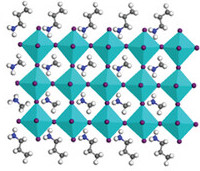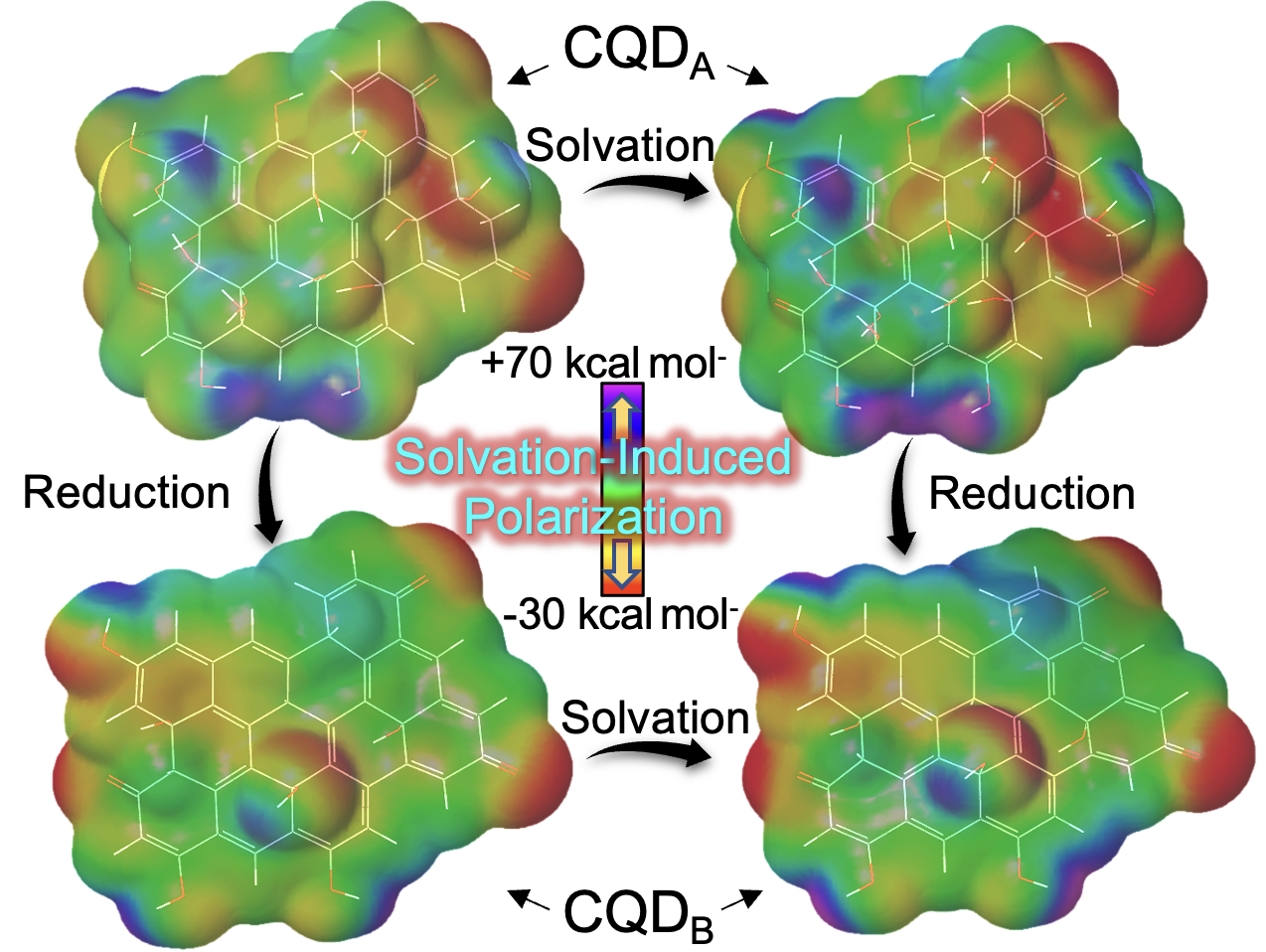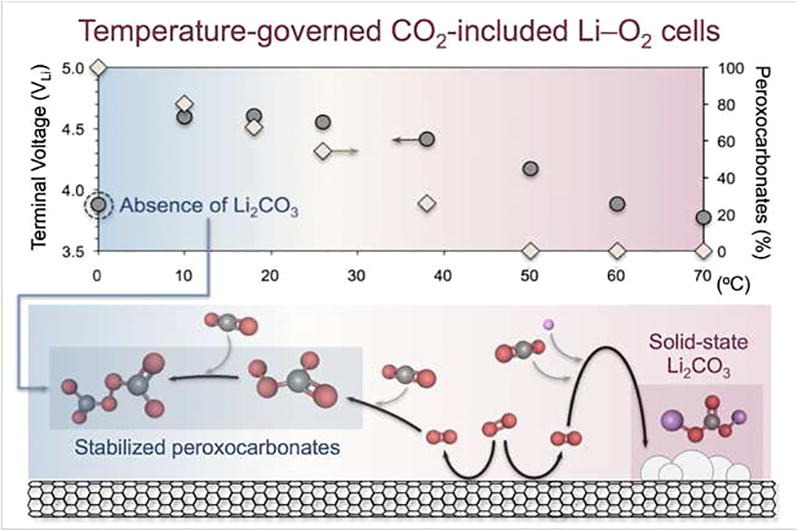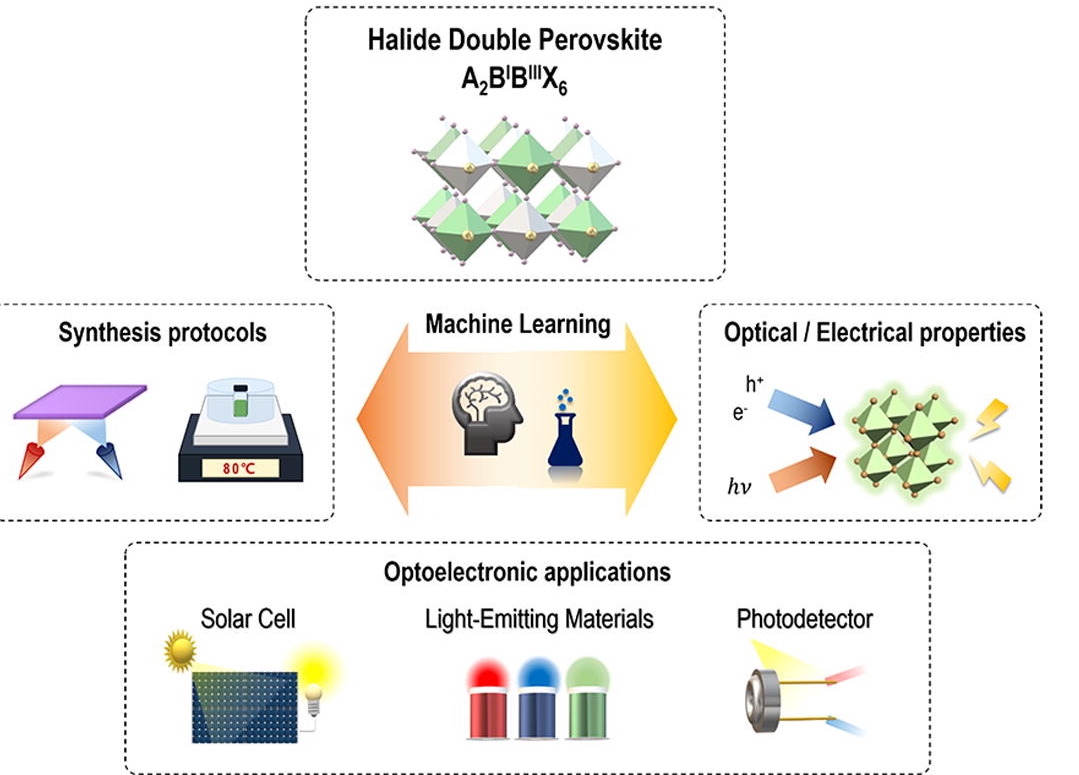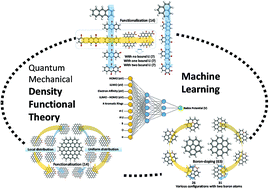Omar Allam
Research Scientist @ SandboxAQ | Ex-Google X | PhD, Georgia Tech

Research Scientist at SandboxAQ. Current work builds AI systems that correct gaps in physics and stay reliable when conditions shift. This aimed at faster, trustworthy discovery in catalysis and energy storage.
Before that: Google X (Alphabet’s AI skunkworks). Focused on autonomous materials design and fast simulation-to-decision loops on secret projects.
Recent focus: strategies that fold in new physics (e.g., magnetism and fidelity changes) without forgetting what already works, so models generalize instead of drifting.
Reach out if you want to chat about AI-for-materials, atomistic simulation, and ideas that might be risky but useful.
news
| 07/2022 | My first experience as a Graduate Teaching Assistant has been a rewarding one. I had the pleasure to work with over 50 students this summer who are learning about engineering thermodynamics. I am very grateful to receive recognition from the Georgia Tech Center for Teaching and Learning. I look forward to a new semester working with students! |
|---|---|
| 06/2022 | For the first time, we study the effect of operating temperatures on Li–oxygen cells in the presence of carbon dioxide. Density functional theory calculations shed light on the experimentally observed temperature-dependent discharge mechanisms and electrolyte stability. Our study highlights the importance of assessing the practical utility of Li–oxygen cells (in the presence of carbon dioxide and temperature changes), which is necessary prior to a future commercialization operating under air. |
| 01/2022 | Happy to announce the publication of our review paper that summarizes a variety of recent computational and experimental advances in the design and application of covalent organic frameworks for energy storage. |
| 10/2021 | Metal halide perovskites have garnered a great deal of attention in recent years due to their desirable properties for optoelectronics. However, progress in their commercial utilization has been hampered by their stability and the environmental concerns of using lead. In recent years, numerous studies have been dedicated to the discovery and synthesis of novel lead free perovskites, namely a subclass of perovskites known as double perovskites. Therefore, it has been a privilege to highlight the recent computational developments towards discovering promising lead-free halide double perovskites in our recent review paper published in Materials Today. |
| 07/2021 | In our latest study, we investigate the utility of organic hybrid 3D frameworks composed of carbon quantum dot and reduced graphene oxide (CQD - rGO) as novel cathode materials for Li-, Na-, and K-ion batteries. Density functional theory and experimentation uncovered the structure - electrochemical activity trends of the CQD - rGO hybrids. The results offer valuable insights for the highly promising application of CQDs in batteries using relatively earth abundant alkali metals such as Na and K. |
| 01/2021 | In our recent collaborative study, we elucidate the source of spectral instability in quasi-2D mixed halide perovskites using experimentation (by our collaborators) and atomistic modeling. Namely, experiments and density functional theory computations analyzed the halide redistribution mechanisms which we believe are responsible for this observed phenomena. |
